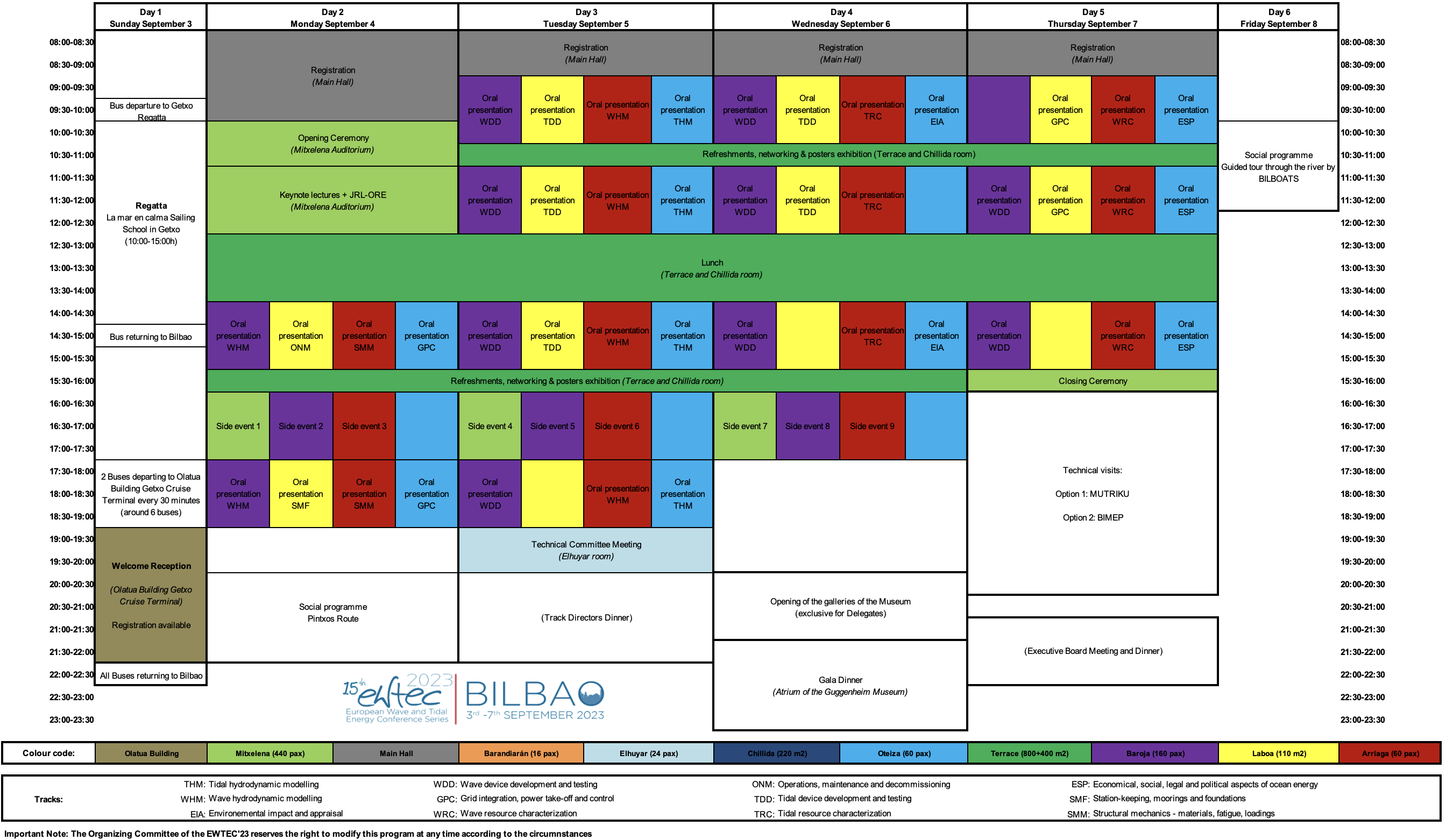The 15th European Wave and Tidal Energy Conference
EWTEC2023 | 3rd – 7th September 2023 in Bilbao, Spain
PROGRAMME
See below for the preliminary programme at a glance (please click on the image for a full size visual) with the full programme viewable within the programme PDF with hyperlinks to individual papers.
SOCIAL & TECHNICAL PROGRAMME
EWTEC 2023 will take place at the Bizkaia Aretoa (click here for a virtual tour), located in one of the most emblematic parts of Bilbao. The L-shaped building opens out onto the estuary and the Guggenheim Museum (click here for digital experiences), right in the centre of Avenida Abandoibarra, between the Padre Arrupe footbridge and the bridge known as the Puente de Deusto. See the plans below for the location of the main spaces (auditoriums, exhibition galleries and open-plan areas) within the Bizkaia Aretoa which will be utilised for EWTEC 2023.

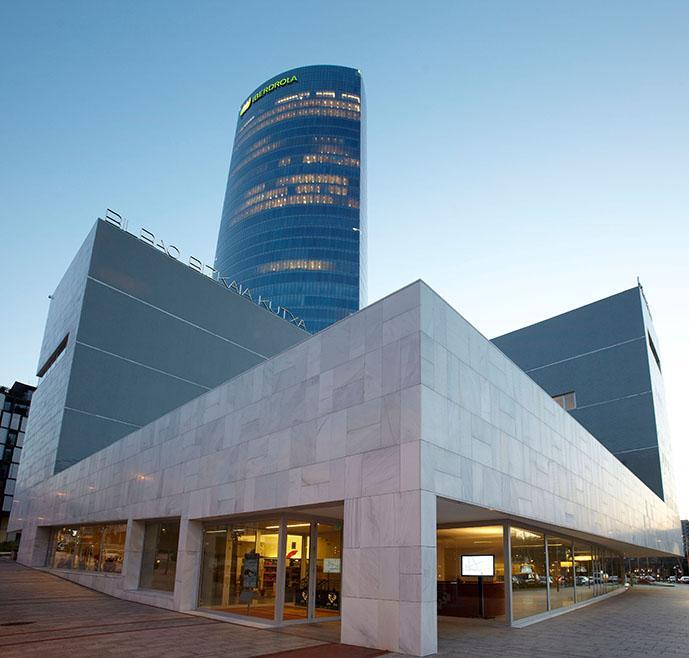
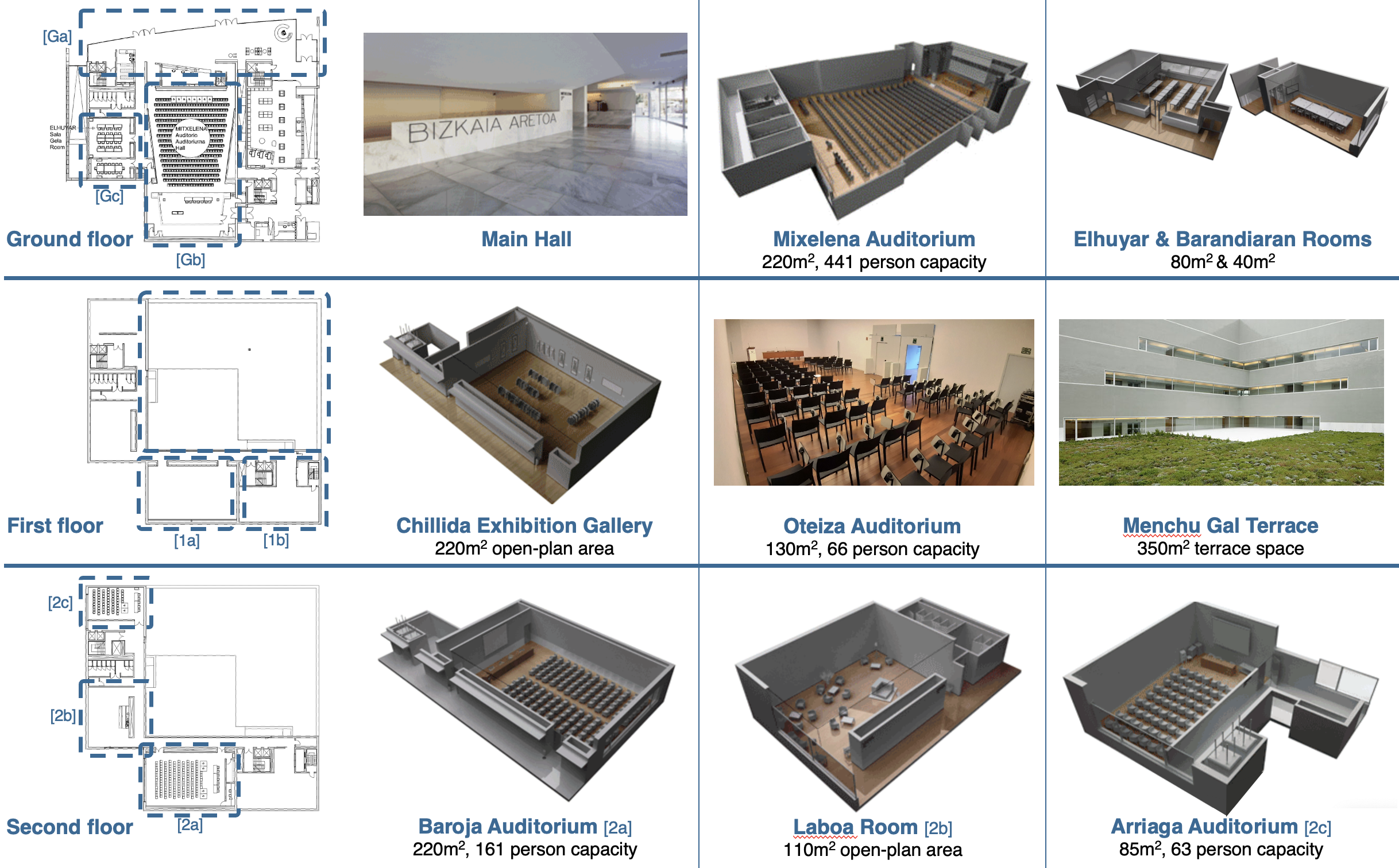
Various social and technical events (including a regatta, welcome reception, gala dinner and technical visits) will take place during the conference with a detailed programme of side events shown below.
MONDAY 04/09/2023
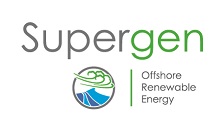

Supergen ORE Hub Wave and Tidal Energy research and opportunities
This workshop side event will provide an update on the future plans and opportunities for the Supergen ORE Hub, a £9 million programme of research funded by the UKRI EPSRC. There will be presentations on the impact and highlights of the Hub, together with plans for the next phase and opportunities for collaboration. It will include presentation of an analysis of the current status of research and innovation in wave and tidal stream energy, an update on the tidal benchmarking community study, a review of the research landscape and introduction to the Supergen Representative Systems. A panel of research project leads funded by the Supergen Offshore Renewable Energy Hub will present their research and join a panel discussion. There will be opportunities for discussion of new opportunities for research collaboration and engagement through the Supergen ORE Hub programme, including the Flexible funding scheme, co-funded with Wave Energy Scotland.
The Supergen programme was set up in 2001 by the Engineering and Physical Sciences Research Council (EPSRC) to deliver sustained and coordinated research on sustainable power generation and supply. For phase four of the programme, the Supergen Wind and Supergen Marine Hubs were combined into the Offshore Renewable Energy Hub. The Supergen Offshore Renewable Energy (ORE) Hub builds on the work of the former Hubs, and looks at synergies between offshore wind, wave and tidal technologies as well as building on current research in each area. Led by the University of Plymouth, Supergen ORE provides research leadership to connect stakeholders, inspire innovation and maximise societal value in offshore renewable energy.
Find out more about Supergen ORE at https://supergen-ore.net/
Distributed Embedded Energy Conversion Technology (DEEC-Tec) and Direct-Generation
Distributed Embedded Energy Converter Technologies (DEEC-Tec) and Direct-Generation are complementary domains that could lead to an entirely new generation of marine renewable energy conversion concepts. The workshop is a partnership between The National Renewable Energy Laboratory (NREL) and Wave Energy Scotland (WES). Aiming to create opportunities for: knowledge sharing; active collaboration; and feedback gathering. The workshop’s purpose is to bring together European Wave and Tidal Energy Conference (EWTEC) participants from various backgrounds and expertise to harness their collective knowledge to effectively address the broad scope of DEEC-Tec and Direct Generation initiatives and make progress in this valuable area of research.
DEEC-Tec is a nascent and underexplored paradigm for energy harvesting and conversion. The paradigm identifies itself through its use of many relatively small distributed embedded energy converters (energy transducers) that, ultimately, are assembled to form “metamaterials.” These DEEC-Tec metamaterials are artificially engineered structures with unique emergent properties that can be used to construct overall marine renewable energy harvesting-converting devices. In this way, DEEC-Tec can be viewed at three levels of hierarchy: (i) individual distributed embedded energy converters—energy transducers; (ii) DEEC-Tec metamaterials—essentially, pseudo-material-frameworks made from the interconnection of many of the small energy transducers; and (iii) overall larger complete marine renewable energy harvesting-converting structures—these structures being made from DEEC-Tec metamaterials.
Direct Generation is an exciting new area of technology being championed by Wave Energy Scotland, aiming to create future step-change cost reduction opportunities. After identifying the attractiveness of flexible, electrostatic generators in the WES Power Take Off (PTO) development programme but seeing the lack of maturity relative to competing technologies, WES set about investigating the field more widely. After a Landscaping project, internal research and a co-funded PhD, WES began to down-select potential power conversion technologies and the key characteristics associated with them. Based on this work, WES is developing a support strategy which intends to create vision, identify and drive the required enabling R&D and build a network of collaborative R&D projects, eventually delivering the maturity that would support a wave energy converter development programme.
The domains of DEEC-Tec and Direct Generation, therefore, complement each other in that those relatively small distributed embedded energy converters (the energy transducers) in the hierarchy of DEEC-Tec, can leverage Direct Generation to, ultimately, form overall marine renewable energy harvesting-converting structures. Accordingly, DEEC-Tec and Direct Generation recognizes the value of engaging the knowledge base of the EWTEC to further advance these important areas of research—aiding in the development of technologies that can serve as foundations for next generation marine renewable energy conversion.

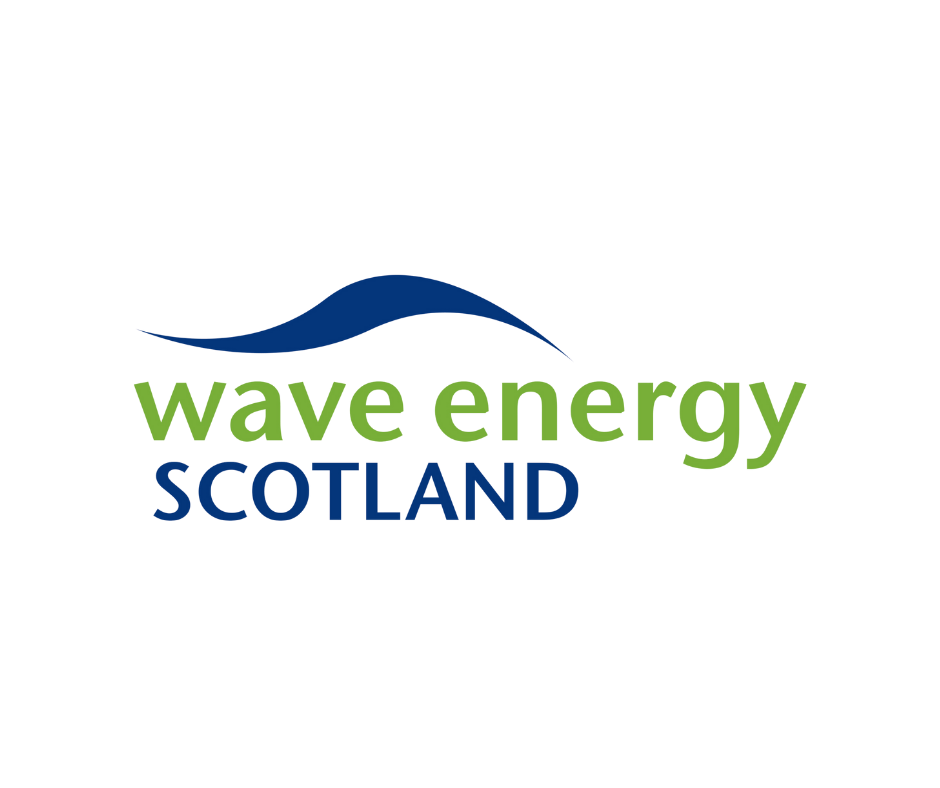

Morphing Blades: New-Concept Tidal and Wind Turbine Blades for Unsteady Load Mitigation
At this EWTEC side event, we will present recent progress on the EPSRC-funded project (EP/V009443/1)
”Morphing Blades: New-Concept Tidal (and Wind) Turbine Blades for Unsteady Load Mitigation.” The project, which is currently in its last year, has demonstrated a novel technology to reduce unsteady-loading and substitute active pitch for tidal and wind turbines, improving resilience and reliability and decreasing the levelised cost of energy (see recent publications at voilab.eng.ed.ac.uk/morphing-blades and EWTEC paper 504). We have demonstrated two morphing blades concepts: a passively pitching rigid blade, and a fixed-pitch blade with a flexible trailing edge. Both concepts allow harvesting the same mean power as a conventional blade design, while decreasing both thrust and power fluctuations, as well as their quasi-steady variations over the tidal cycle. The two concepts are suitable for both tidal and wind energy applications.
The project is led by Prof. Ignazio Maria Viola and Dr Eddie McCarthy at the University of Edinburgh, Dr Anna Young at the University of Bath, in collaboration with Dr Riccardo Broglia at the Institute for Marine Engineering (Italian National Research Council), as well as key tidal and wind energy technology companies such as SIMEC Atlantis Energy, Orbital Marine Power, Nova Innovation, Schottel Hydro, ACT Blades and the Wood Group.
Within this EWTEC side event, we will present recent progress on the project, including tests on a 1.2-m-diameter turbine in Flowave and at the Institute for Marine Engineering in Rome. We will first hold a publicly open event and then a private event for the advisory board members.
TUESDAY 05/09/2023
SafeWAVE project
Conference Room – Mitxelena
The SafeWAVE project (Streamlining the Assessment of environmental effects of Wave Energy) is approaching its final stage and will present its results in a dedicated event that will take place in the framework of the 15th European Wave and Tidal Energy Conference (EWTEC) in Bilbao, Spain between the 3rd and 7th of September 2023.
The European Atlantic Ocean offers a high potential for marine renewable energy (MRE), which is targeted to be at least 32% of the EU’s gross final consumption by 2030 (European Commission, 2020(European Commission, 2020). The European Commission is supporting the development of the ocean energy sector through an array of activities and policies: the Green Deal, the Energy Union, the Strategic Energy Technology Plan (SET-Plan) and the Sustainable Blue Economy Strategy. As part of the Green Deal, the Commission adopted the EU Offshore Renewable Energy Strategy (European Commission, 2020) which estimates to have an installed capacity of at least 60 GW of offshore wind and at least 1 GW of ocean energy by 2030, reaching 300 GW and 40 GW of installed capacity, respectively, moving the EU towards climate neutrality by 2050.
Another important policy initiative is the REPowerEU plan (European Commission, 2022) which the European Commission launched in response to Russia’s invasion of Ukraine. REPowerEU plan aims to reduce the European dependence amongst Member States on Russian energy sources, substituting fossil fuels by accelerating Europe’s clean energy transition to a more resilient energy system and a true Energy Union. In this context, higher renewable energy targets and additional investment, as well as introducing mechanisms to shorten and simplify the consenting processes (i.e., ‘go-to’ areas or suitable areas designated by a Member State for renewable energy production) will enable the EU to fully meet the REPowerEU objectives.
The nascent status of the Marine Renewable Energy (MRE) sector and Wave Energy (WE) in particular, yields many unknowns about its potential environmental pressures and impacts, some of them still far from being completely understood. Wave Energy Converters’ (WECs) operation in the marine environment is still perceived by regulators and stakeholders as a risky activity, particularly for some groups of species and habitats.
The complexity of MRE licensing processes is also indicated as one of the main barriers to the sector development. The lack of clarity of procedures (arising from the lack of specific laws for this type of projects), the varied number of authorities to be consulted and the early stage of Marine Spatial Planning (MSP) implementation are examples of the issues identified to delay projects’ permitting.
Finally, there is also a need to provide more information on the sector not only to regulators, developers and other stakeholders but also to the general public. Information should be provided focusing on the ocean energy sector technical aspects, effects on the marine environment, role on local and regional socio-economic aspects and effects in a global scale as a sector producing clean energy and thus having a role in contributing to decarbonise human activities. Only with an informed society would be possible to carry out fruitful public debates on MRE implementation at the local level.
The project, co-funded by the European Union through the European Climate, Infrastructure and Environment Executive Agency (CINEA), aims to tackle these non-technological barriers that could hinder the development of future development of Wave Energy (WE) in the EU by building on the results of the WESE project funded by European Maritime and Fisheries Fund (EMFF) in 2018 and move forward through the following specific objectives:
- Development of an Environmental Research Demonstration Strategy based on the collection, processing, modelling, analysis and sharing of environmental data collected in WE sites from different European countries where WECs are currently operating (Mutriku power plant and BIMEP in Spain, Aguçadoura in Portugal and SEMREV in France) trough developed specific data platforms named MARENDATA (https://marendata.eu/); the SafeWAVE project aims to enhance the understanding of the negative, positive and negligible effects of WE projects. This will increase information robustness to better inform decision-makers and managers on real environmental risks, broaden the engagement with relevant stakeholders, related sectors and the public at large and reduce environmental uncertainties in consenting of WE deployments across Europe;
- Development of a Consenting and Planning Strategy through providing guidance to ocean energy developers and to public authorities tasked with consenting and licensing of WE projects in France and Ireland; this strategy will build on country-specific licensing guidance and on the application of the MSP decision support tools (i.e. WEC-ERAby Galparsoro et al., 2021 and VAPEM tools) developed for Spain and Portugal in the framework of the WESE project; the results will complete guidance to ocean energy developers and public authorities for most of the EU countries in the Atlantic Arch.
- Development of a Public Education and Engagement Strategy to work collaboratively with coastal communities in France, Ireland, Portugal and Spain, to co-develop and demonstrate a framework for education and public engagement (EPE) of MRE enhancing ocean literacy and improving the quality of public debates.
SafeWAVE is pleased to attend EWTEC 2023 and celebrate its Final Event in the framework of this conference. SafeWAVE will present its outcomes from addressing environmental concerns of emerging WE technologies during the last three years. To this purpose, during the conference, SafeWAVE partners will organize a side event and will be present in the exhibition space of the conference.
The project coordinator, Juan Bald from AZTI, said “The objective of the SafeWAVE project Final Event is to bring a synthesis of the results of the project, go deeper in the results and make it interactive with the audience so we can gather useful feedback for the continuation of the research activities in this field in the future and contribute to the sustainable development of marine renewables and wave energy in particular”
For more information about the project check the SafeWAVE web site (https://www.safewave-project.eu/ ) and social media (Twitter & Linkedin).




Technology Performance Level Assessment (TPL)
The Technology Performance Level (TPL) assessment is a holistic methodology to assess a wave energy converter (WEC) technology’s ability to achieve market competitiveness and acceptability via quantifiable criteria-based consideration of key cost, performance, environmental, safety, and societal drivers. We work with technologies looking toward the continental grid or isolated marine power generation. Originally introduced in 2012 [Ref.1], this detailed version of TPL is a direct outcome of the Wave-SPARC project funded by the DOE’s Water Power Technologies Office and performed by Sandia National Labs and the National Renewable Energy Lab [Ref. 2]. The TPL assessment can be applied at all technology development stages and associated technology readiness levels (TRLs). For lower TRL technologies, the TPL assessment is particularly effective because it highlights potential showstoppers at the earliest possible stage of WEC technology development, thereby decreasing cost, time, and risk of WEC development. Specifically, TPL assessment can be used by: technology developers to get design feedback, identify areas of improvement, and find fatal flaws early; investors and project developers to conduct due diligence; reviewers to assess wave energy converter proposals and make funding decisions; reviewers to assess wave energy converter technologies in competitions; and researchers to landscape the domain to formulate R&D strategy. In this workshop we will present the background and rationale for the TPL assessment, discuss applications, provide interactive examples of several of the questions (from simple to difficult), and present an on-line tool for performing self-assessments.
[1] Jochem Weber, “WEC Technology Readiness and Performance Matrix – finding the best research technology development trajectory,” in Proc. 4th International Conference of Ocean Energy, Dublin, Ireland, 2012
[2] Jochem Weber, R. Costello, K. Nielsen, J. Roberts, “WaveSPARC – The Big Picture – Achievements and outlook”, International Conference on Ocean Energy, virtual conference, 28-30 April 2021
This work was funded in part by Sandia National Laboratories, a multi-mission laboratory managed and operated by National Technology and Engineering Solutions of Sandia, LLC, a wholly owned subsidiary of Honeywell International, Inc., for the U.S. Department of Energy’s National Nuclear Security Administration under contract DE-NA0003525. This work was also funded by the National Renewable Energy Laboratory, operated by Alliance for Sustainable Energy, LLC, for the U.S. Department of Energy (DOE) under Contract No. DE-AC36-08GO28308. Funding provided by the U.S. Department of Energy Office of Energy Efficiency and Renewable Energy Water Power Technologies Office. The views expressed in this work do not necessarily represent the views of the DOE or the U.S. Government. The U.S. Government retains and the publisher, by accepting the article for publication, acknowledges that the U.S. Government retains a nonexclusive, paid-up, irrevocable, worldwide license to publish or reproduce the published form of this work, or allow others to do so, for U.S. Government purposes. SAND2023-00380A
NEMMO Project, On the Cutting Edge of Tidal Blade Design and Materials
Conference Room – Arriaga
To boost the competitiveness of tidal energy, the Next Evolution in Materials and Models for Ocean Energy (NEMMO) project has one objective at its heart: to improve the design and performance of tidal turbine blades.
The project aims to create a better and more durable composite blade for floating tidal turbines, enabling devices to reach capacities of over 2 MW.
The project aims to:
- design, model and test blade materials and prototypes
- enable developers to significantly reduce both capital and operational costs
- improve the yield and reliability of tidal turbines
- advance the state-of-the-art of tidal turbine technology
The NEMMO project innovations will benefit the tidal energy sector overall. A blade with increased yield and reduced costs will aid tidal energy developers in commercialising their devices and securing investment for projects. The advances in the state-of-the-art of design, modelling, materials and testing will have a broad range of applications for those working in research and the tidal energy supply chain.
In its final year, the NEMMO project has achieved key milestones in testing and producing innovative composites, coatings and appendages for a novel tidal blade. Besides, the project has also developed models of harsh hydrodynamic and environmental stresses and numerical models for the prediction of lifespan and mechanical properties. Innovations in testing are also a key component – the project has designed and created a new test rig to evaluate fatigue and cavitation and laid out a novel testing procedure for bio-fouling and evaluating marine environments.
This side event at EWTEC 2023 will highlight all key findings from the NEMMO project, especially on materials, modelling and testing, as well as its experience in real water testing.
This project has received funding from the European Union’s Horizon 2020 research and innovation programme under grant agreement No 815278.

WEDNESDAY 06/09/2023
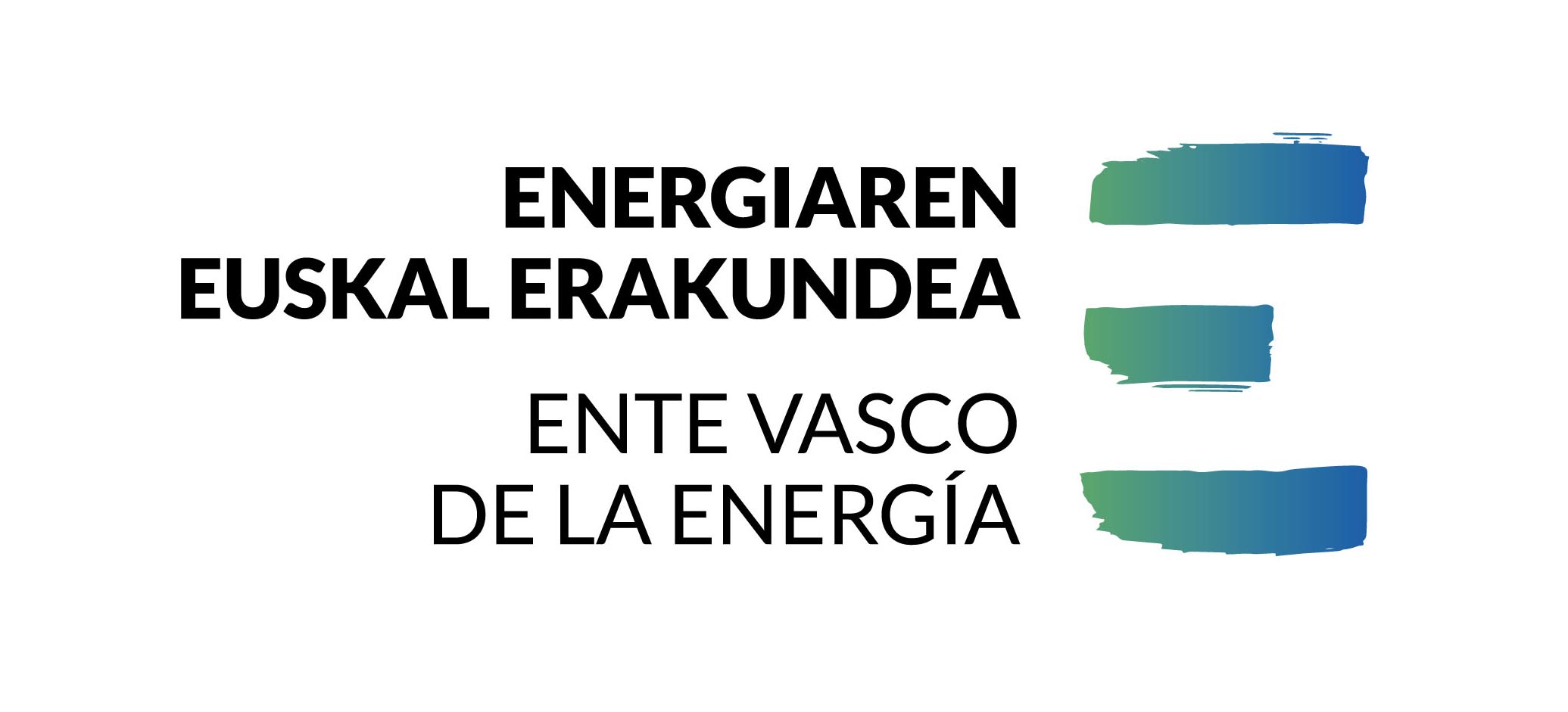
Supporting the future of ocean energy here and now; a glimpse of Basque public initiatives to foster sector scale-up
This side event will provide attendants an overarching view of the current and future initiatives that Ente Vasco de la Energía is participating in the marine renewable energies area, and their alignment with the Basque Energy Strategy 2030. In particular, EVE will provide an update on three key initiative, namely:
The EuropeWave Project (2021-26, 22.7M€) is delivering an innovative R&D programme to improve and advance the most promising designs for wave energy technology to bring them to the commercial stage. The project runs from 2021 until mid-2026, and combines over €22.5m of national, regional and EU funding to run a competitive pre-commercial procurement (PCP) programme for wave energy technology. The PCP model provides a structured approach, fostering greater openness, collaboration and sharing of risk and benefits between the public sector and technology developers.
Funded by the EU’s Horizon 2020 programme, it is a collaboration between Wave Energy Scotland (WES), the Basque Energy Agency (EVE) and Ocean Energy Europe (OEE). An outline the objectives and structure for a potential future follow-up initiative to the EuropeWave project will also be shared.
The TurboWave Programme (2023-26, 3.2M€) aims to promote the design, development and demonstration, through systematic testing in real operational environment, of innovative solutions for safe, reliable and cost-efficient air turbine concepts for the production of electrical energy for the Mutriku Wave Power Plant. Proposed solutions are expected to deliver efficiency levels above and beyond those currently installed, in a phased PCP scheme where concepts compete to progress through and structured down-selection processes . This Pre-Commercial Procurement initiative is funded entirely by EVE and is already in Phase 1 contract execution stage.
The Technology Demonstration Grant Programme (2.5M€/year), represents a yearly commitment of 2.5M€ to support experimental testing and validation actions of full or scaled prototypes for Floating Wind Turbines, Wave Energy Converters or auxiliary subsystems. This programme has recently incorporated some upgrades further extend the range of the eligible cost and nature of the projects, and encourage extending the lifetime of deployments planned or already ongoing in the Basque waters.
Wave Energy Converter Simulator (WEC-Sim)
WEC-Sim (Wave Energy Converter SIMulator) is an open-source software for simulating wave energy converters (WECs), jointly developed by Sandia National Laboratories and the National Renewable Energy Laboratory in the United States. WEC-Sim is developed in the MATLAB/SIMULINK framework utilizing Simscape Multibody to solve the multi-body dynamics problem. WEC-Sim predicts WEC dynamics through time domain simulations based on the radiation and diffraction method using hydrodynamic coefficients obtained from frequency-domain boundary element methods (BEM: e.g., WAMIT, NEMOH, Aqwa, Capytaine). WEC-Sim is developed for the purpose of predicting, analyzing, and optimizing WEC dynamics and power performance. WEC-Sim includes prebuilt drag and drop Simulink blocks that have been developed to simulate a wide range of WEC systems consisting of multiple bodies, oscillating water columns, joints, various power take-off systems, and mooring systems. The first release of WEC-Sim was late 2014 and through continued development has become a well-established software within the marine energy community.
This workshop will focus on showcasing WEC-Sim’s advanced features. It will start by giving a brief introduction on the theory behind WEC-Sim, its basic capabilities, and typical use cases. The bulk of the workshop will demonstrate and describe WEC-Sim’s advanced features. WEC-Sim’s suite of advanced features allow for complex analyses of WECs and can be tailored to a user’s specific scenario. Advanced features include nonlinear excitation forces, passive yaw, large horizontal displacements, integration with MoorDyn, PTO-Sim, generalized body modes, multiple conditions runs, and visualization capabilities. The WEC-Sim Applications Repository contains many examples that demonstrate and compare simulations with and without an advanced feature. These capabilities support detailed, complex, and accurate WEC models for a variety of user needs. This workshop will highlight a subset of these advanced features to demonstrate WEC-Sim’s capabilities.
Workshop attendees are encouraged to install WEC-Sim ahead of time and review the relevant WEC-Sim Applications case as an advanced feature is presented. Attendees should expect to leave with knowledge of complex scenarios that WEC-Sim can model and the specialized features available. Time will be allotted for a general Q&A and discussion of WEC-Sim’s capabilities. User support is available year-round through the
WEC-Sim issues page on GitHub and the WEC-Sim documentation.



Environmental monitoring for marine energy – instrumentation for devices and arrays
Conference Room – Arriaga
As marine energy demonstration projects progress towards commercial arrays, the lack of certainty around the possible significance of certain potential environmental effects, coupled with challenges in applying learning from initial small-scale deployments to larger scale projects, continues to slow consenting, delay deployments, and impose expensive monitoring requirements. For several interactions with marine animals and habitats, monitoring the potential effects of marine energy devices and systems is challenging due to the remoteness of many project sites as well as deployment sites characterized by fast-moving and low visibility waters. While there is a growing range of instruments and data systems tailored specifically for observing marine energy interactions, many less-specialized oceanographic instruments are fit for purpose with specific calibrations, software, and/or integrated onto platforms that can be deployed on or near devices. Data acquisition systems are under development for measuring and controlling the power production data streams from marine energy devices, but most do not collect environmental monitoring data streams.
For certain interactions, there are no standardized instrument or data acquisition systems in use by the many different research groups and monitoring experts across the nations supporting marine energy project developers. Developing a suite of instruments and data acquisition systems that are appropriate for monitoring key interactions around marine energy devices will provide researchers and device developers tools for, respectively, acquiring data that will inform regulatory processes, and providing data to regulators to help accelerate those processes and manage risk and uncertainty proportionately.
This workshop will explore the most promising gear as well as work towards recommendations for preferred sets of instruments and data systems that will support consenting decisions and post-installation monitoring programs, as well as guidance on the proper use of monitoring systems for tidal and wave installations when considering key environmental interactions.
